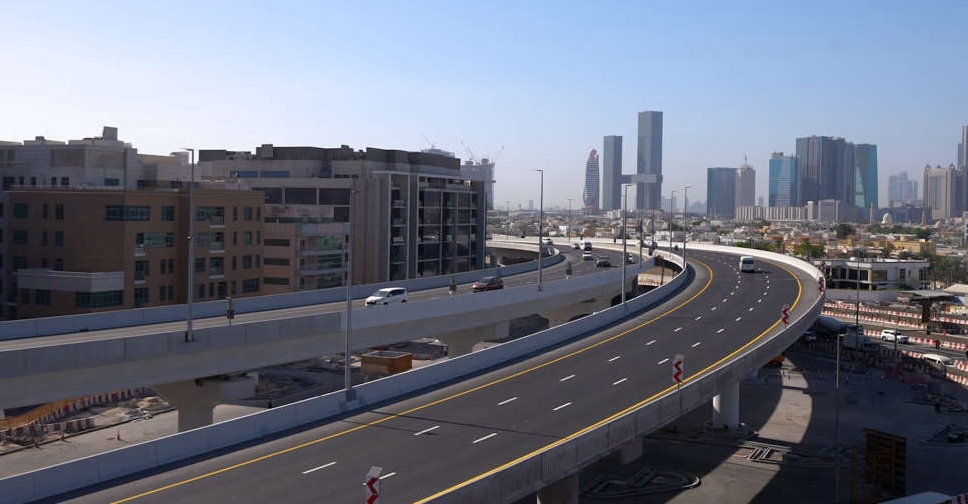
Abu Dhabi International Airport's Terminal A will begin operations on November 1, 2023 bringing a major increase to passenger capacity in Abu Dhabi.
Etihad Airways’ ceremonial flight will take place on October 31, ahead of the terminal's opening to the public on November 1.
Airlines will transition into Terminal A in three phases over a two-week period.
Wizz Air Abu Dhabi and 15 other international airlines will start flying from the facility on November 1.
From November 9, Etihad will operate 16 daily flights, before going fully operational from its new home on November 14, together with Air Arabia Abu Dhabi and 10 other airlines.
From November 14, 28 airlines will be fully operational from Terminal A.
In preparation for the opening, operational readiness trials will conclude on October 17. In total, the trials have involved more than 11,000 volunteers from the Abu Dhabi community.
These included Abu Dhabi Airports staff members, students, families and stakeholders from the aviation community.
Those taking part in the robust simulations stress-tested end-to-end passenger journeys covering systems, equipment, staff and procedures in key operating areas such as check-in, baggage, security screening, immigration and boarding.
The successful completion of these trials is a key milestone in ensuring Terminal A is ready for opening to the public in November.
.@AUH Terminal A will begin operations on 1 November 2023, bringing a major increase to passenger capacity in #AbuDhabi, further enhancing the emirate as a centre for tourism, business and entertainment. pic.twitter.com/jcxcgVkrkm
— مكتب أبوظبي الإعلامي (@ADMediaOffice) October 16, 2023
"We will see a rapid increase in the number of flights operating from Terminal A from 1 to 14 November, and I’m excited by the new opportunities and experiences, which the iconic facility will bring to both airlines and passengers," said Elena Sorlini, Managing Director and Interim CEO at Abu Dhabi Airports.
When fully operational, Terminal A will have 35,000 square metres of retail space with 163 shops and food and beverage outlets.
It will be the first in the world to include all nine biometric airport touchpoints. In the first phase, this will see biometric solutions installed in key areas, such as self-service bag drops, immigration eGates and boarding gates.
When fully operational, it will use facial recognition technology to screen passengers and minimise wait times. Its hi-tech facilities also include an advanced baggage handling system capable of processing up to 19,200 bags per hour.
The X-shaped building has been designed to improve operational efficiency and passenger flow with four themed piers inspired by Abu Dhabi’s desert, sea, city and oasis natural landscapes.
It also features the Sana Al Nour, which is one of the largest indoor public art features in the Middle East, standing at 22 metres tall and 17 metres wide.
Terminal A is designed to reduce water consumption, while more than 7,500 solar panels power a 3MW plant, which will save 5,300 tonnes of carbon dioxide annually.
A state-of-the-art Advanced Surface Movement Control System, the first of its kind in the Middle East, will allow planes to land quickly and safely during low-visibility weather conditions.
Terminal A will double Abu Dhabi airport's current capacity, with the capability to accommodate up to 45 million passengers per year.
At triple the size of the previous terminal, and with flights to 117 destinations worldwide, it will increase both the frequency and reach of flights to and from the UAE capital.
From November 1st, Abu Dhabi International Airport Terminal A, will begin operations, bringing a major increase in passenger capacity to Abu Dhabi and strengthening the emirate’s standing as a global aviation hub. We look forward to welcoming the world to Abu Dhabi.… pic.twitter.com/aoh2cNDaq4
— AD_AIRPORTS (@ad_airports) October 16, 2023



 UAE to build mosque and cultural centre in Chad
UAE to build mosque and cultural centre in Chad
 UAE human rights body receives European Parliament delegation
UAE human rights body receives European Parliament delegation
 RTA opens new bridge to cut travel time by 67%
RTA opens new bridge to cut travel time by 67%
 UAE, Chad Presidents discuss closer cooperation
UAE, Chad Presidents discuss closer cooperation
